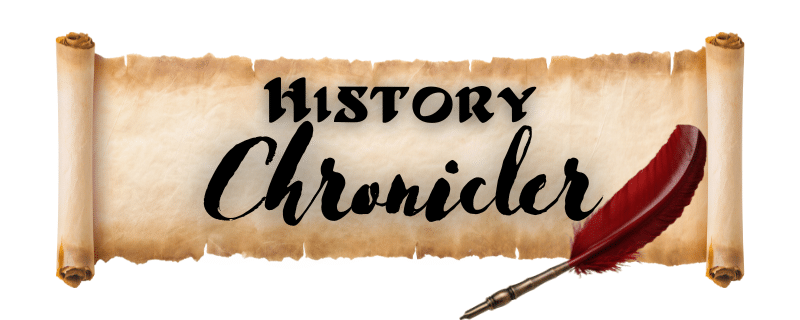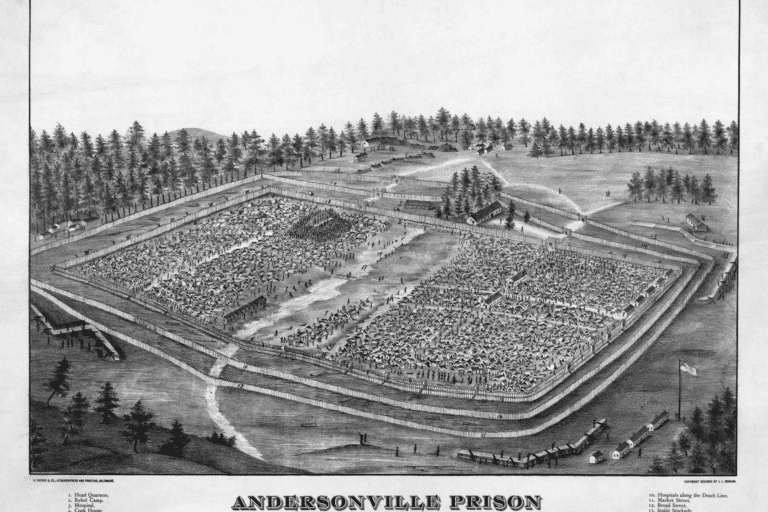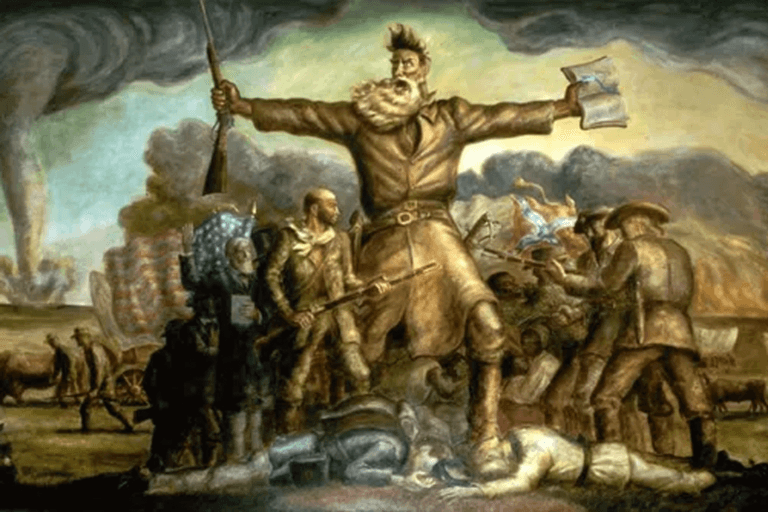[Video] Phrase Origins: Mad as a Hatter
Phrase Origins: Mad as a Hatter
“Mad as a hatter” is a phrase we still use today to describe someone acting strangely or irrationally. You’ve probably heard it in Alice’s Adventures in Wonderland, where Lewis Carroll’s Mad Hatter became the most famous example. But this saying actually has a darker, real-world history.
Back in the 18th and 19th centuries, hat making was a booming industry. To shape felt hats, hatters often used mercury nitrate in the process. The fumes built up over years of work, slowly poisoning them. Mercury poisoning caused tremors, slurred speech, mood swings, and hallucinations—symptoms that made workers seem literally mad. Towns with many hat makers were even known for having residents who appeared unusually eccentric or unstable.
Over time, “mad as a hatter” moved from a literal description of mercury-stricken hatters to a figurative way of calling someone quirky, unpredictable, or just a little unhinged. Carroll himself likely drew inspiration from this well-known phrase when he created his character, though the Mad Hatter in Wonderland isn’t explicitly insane—just nonsensical.
Today, when we say someone is “mad as a hatter,” we’re echoing centuries of history, a dangerous craft, and a phrase that leapt from industrial reality into cultural legend. It’s a reminder of how language often carries hidden stories from the past—even in something as simple as a hat.

![[Video] Phrase Origins: Mad as a Hatter](https://historychronicler.com/wp-content/uploads/2025/09/Screenshot-2025-09-30-at-8.00.59-PM.jpg)


![[Video] Today in History: From the Pullman Strike to Labor Day](https://historychronicler.com/wp-content/uploads/2025/09/Screenshot-2025-09-02-at-1.15.28-PM-768x512.jpg)



![[Video] Godfrey de Bouillon: First King of Jerusalem](https://historychronicler.com/wp-content/uploads/2025/06/Screenshot-2025-06-13-at-3.14.50 PM.jpg)
![[Video] Today in History: August 30, 1862 — Second Battle of Bull Run: Lee’s Decisive Victory](https://historychronicler.com/wp-content/uploads/2025/08/Screenshot-2025-08-30-at-12.50.39-PM-768x512.jpg)